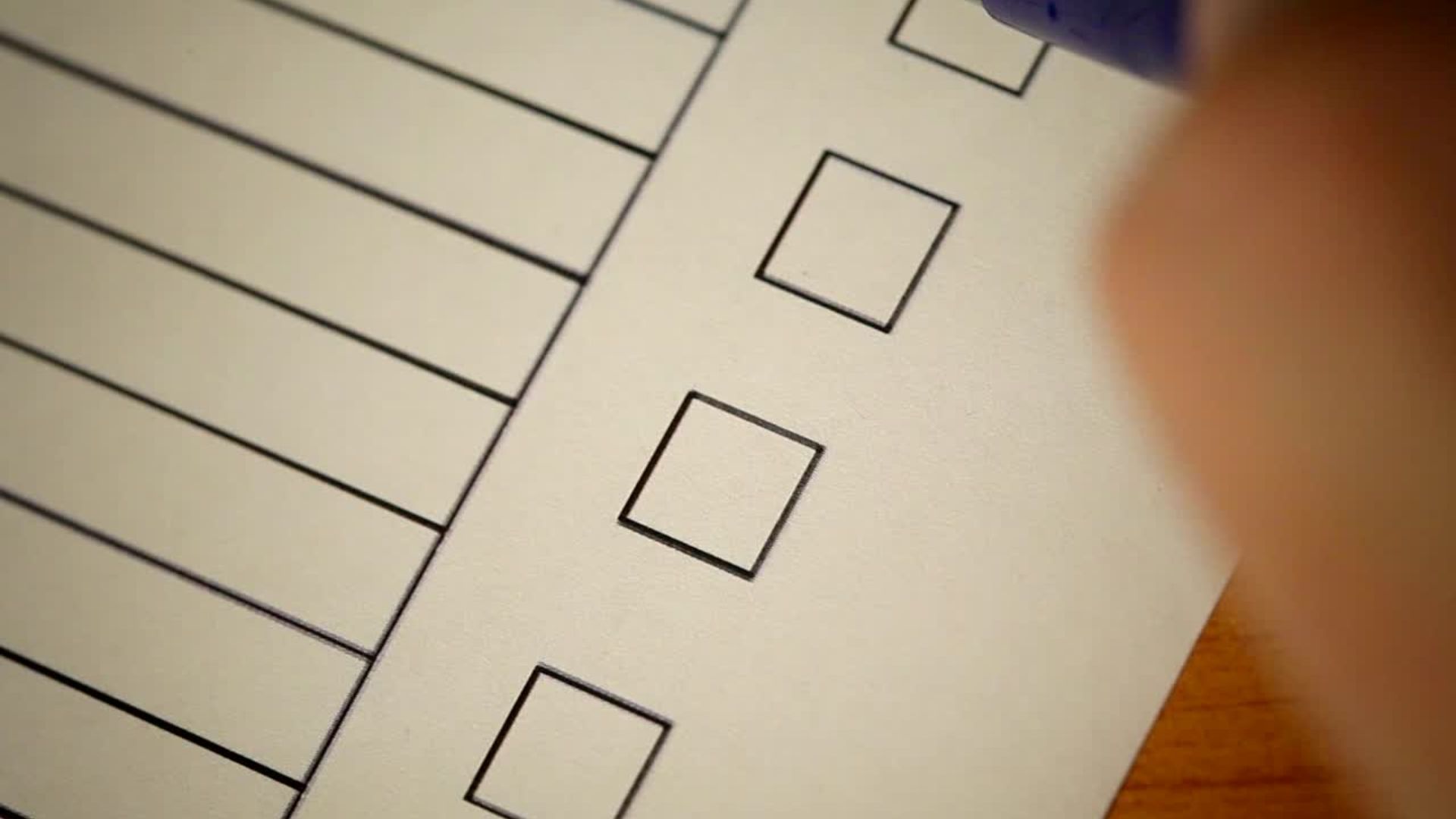1. What
is the best way to build a weight loss habit?
Start small and attach it to something you already do:
- Drink water after brushing your
teeth
- Take a walk after lunch
- Prep protein snacks after dinner
2. How
long does it take to form a habit?
On average, 18–66 days depending on complexity and consistency.
3. Why do
small changes work better than big ones?
They’re:
- Easier to stick with
- Less likely to trigger burnout
- More sustainable long-term
4. What
is habit stacking?
It’s the practice of linking a new habit to an existing one. Example: “After I
make coffee, I’ll take my vitamins.”
5. What’s
the difference between a habit and a goal?
- A goal is something you
achieve once
- A habit is something you
do consistently, often automatically
6. Can I
lose weight with just small daily habits?
Yes. Small, consistent actions like walking more and eating more protein add up
to real results over time.
7. What
are identity-based habits?
Habits rooted in how you see yourself. Example: “I’m someone who eats healthy”
instead of “I’m on a diet.”
8. How do
I change my identity around food?
- Repeat new behaviors
consistently
- Celebrate small wins
- Reinforce positive self-talk
9. What
if I mess up my routine?
That’s normal. Just reset and keep going. Consistency matters more than
perfection.
10. How
do I stop emotional eating?
- Identify your triggers
- Replace food with another
response
- Practice self-awareness and
self-compassion
11. Why
do restrictive diets fail?
They’re unsustainable and rely too heavily on willpower. Flexible, habit-based
approaches work better long term.
12. What
are some easy daily weight loss habits?
- High-protein breakfast
- Meal prep the night before
- Walk after meals
- Keep healthy snacks ready
- Reflect on daily wins
13. How
do I stay motivated to lose weight?
- Focus on identity-based habits
- Track small wins
- Avoid all-or-nothing thinking
- Use reminders and cues to stay
on track
14. What
are psychological barriers to fat loss?
- Perfectionism
- Emotional eating
- Negative self-talk
- Unrealistic expectations
15. How
do I make healthy eating automatic?
- Plan meals in advance
- Keep go-to options stocked
- Build routines around existing
habits
16. Can
mindset really affect my results?
Yes. Studies show self-compassion, positive identity, and realistic
expectations are linked to greater success.
17.
What’s the fastest way to build a healthy habit?
Link it to an existing routine and repeat it daily until it feels automatic.
18. How
do I avoid weight loss burnout?
- Keep goals realistic
- Focus on habits, not outcomes
- Build in flexibility
- Recognize progress, even when
it’s small
19.
Should I track habits?
Yes. Tracking increases awareness and consistency. Even a simple checklist or
calendar works.
20. Where
should I start?
Choose one habit you can do today. Our 23 Tasks method offers a step-by-step way to build them over
time.



